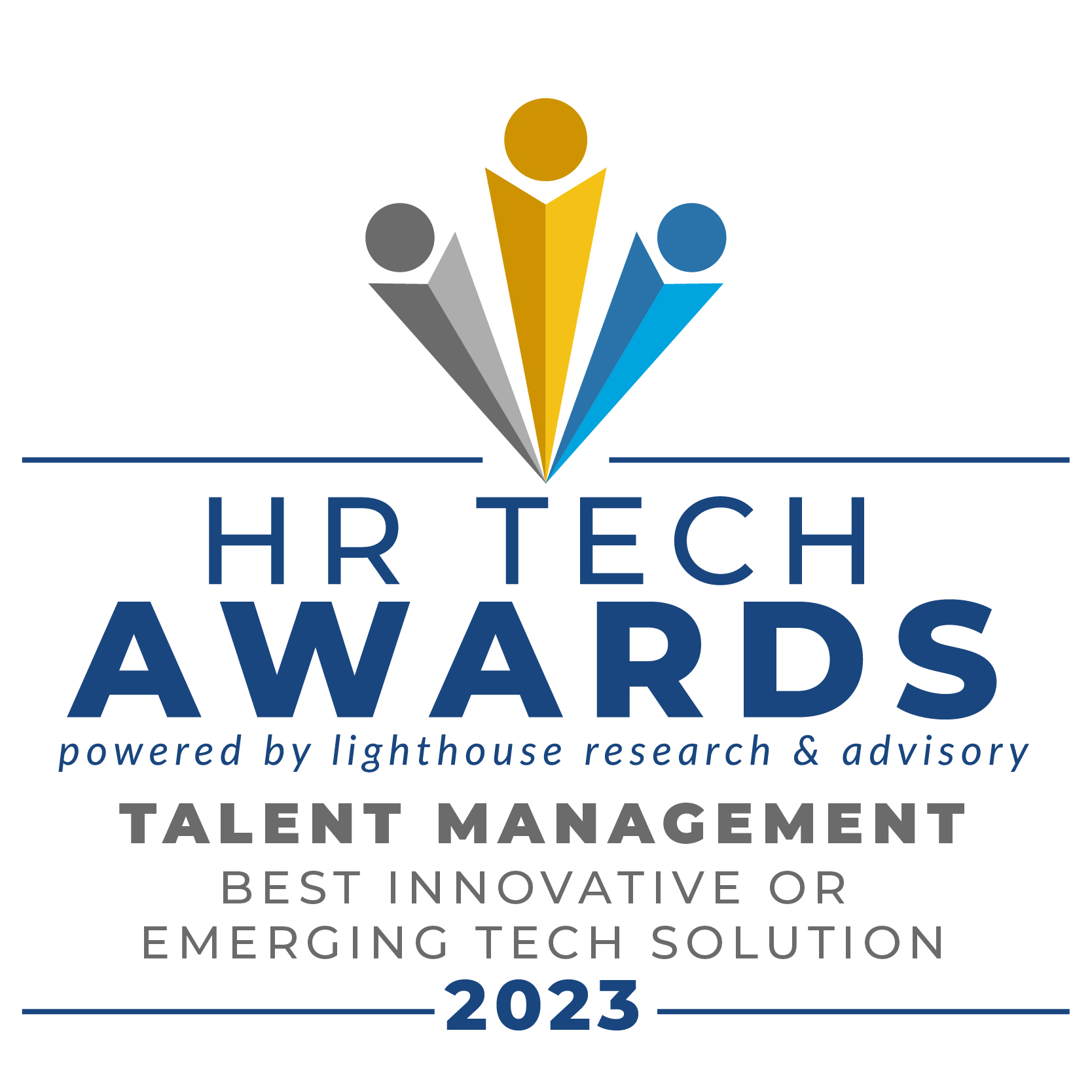Going Hybrid with Josh Bersin
How leading enterprises are redesigning careers for a new world of work.

Gloat Live Sessions, Gloat’s ongoing webinar series, has interfaced with some of the most transformative voices working in the talent innovation and HR technology field today. As we continue to better define the best practices of hybrid work, our roundtable discussion Going Hybrid with Josh Bersin proved to be an informative, thought-provoking conversation touching on some of the most pressing issues companies are facing post-pandemic.
Bersin mediated a panel of industry leaders who are spearheading the workplace transformation of today from several different angles.
Joining Bersin were Markus Graf, Global Head of Talent of Novartis, Jean Pelletier, VP of Digital Talent Transformation of Schneider Electric, and Keegan Bowman, AVP of Skills and Performance at Metlife.
The unique, key insights these HR pioneers were able to share are indispensable in understanding what a real world application of a talent marketplace entails. From career pathing and learning experiences to enabling cultural change, the following are the major highlights from this eye-opening discussion.
Download the full document, Going Hybrid: Major Highlights from the Gloat-Exclusive Webinar, here.
Setting the Stage for Marketplaces
“A marketplace acts as a marketplace. You don’t tell it what to do. You don’t tell Airbnb where people want to stay. They decide if they don’t want to stay in this place, but they want to go to that place. So in a way, you’re going to get better data and you’re going to get more data than you ever had before. But you’re going to have to let go of some of the architectural control that you may have felt you had in the past.”
– Josh Bersin
Adapting to the world of hybrid work is ultimately about giving up some of the control you had over employees, in return for increased productivity, agility, loyalty and innovation. To truly reap the rewards the future of work promises – things like dynamic career pathing, remote engagement and even learning experiences – we have to first be willing to invest in true mobility.
Bersin then went on to explain why the talent marketplace is a big part of this shift.
“I believe that what’s going on is the talent marketplace is liberating. The normal human dynamics in companies have been held back by a lot of the old job architectures, the old HR practices, the old organizational models and so forth.”
It’s important to recognize the strategies that have, in some ways, limited the potential of organizations and opportunity for the talent in the past. Forward-thinking companies need to reconsider the way we approach this transformation, both tactically and philosophically. How? Let’s take a look at the lessons and insights the panel participants had to share.
You’re going to get better data, and you’re going to get more data than you ever had before. But you’re going to have to let go of some of the architectural control that you may have felt you had in the past.
Career Models are an Outdated Concept
The way we collaborate has changed, the responsibilities of our roles are shifting, and traditional careers are also in a state of transition. The topic of career models was an early subject in the webinar’s hybrid work discussion.
“What we’re looking at doing is really just giving people a view into the possibilities. We think that’s going to be so much more valuable than having a perfectly planned out, linear career path. Just to be able to say, these are the skills I have, these are the skills I aspire to build, where in the organization can I go using my skills as fuel?” – Bowman said.
Bowman explained that skills acquired and the skills yet to be learned are a great basis for determining career opportunities for employees, rather than predetermined career tracks.
Careers are no longer tied to one focus and skillsets were never binary. In today’s world of work, how we reach a designated career, or how we evolve from a given career, has never been more fluid. To allow for agility, we have to eliminate the thought of rigid career pathing– teams can become agile to fill business needs and talent can shift seats as opportunities arise.
True Learning Exists in Experiences
Pelletier says, “When you think of development for people, those are the three things they want to know: what do I need to learn? What can I do today as far as a new job? And how do I develop and grow?”
Historically, training for your next role rarely involved the actual application of those learning experiences until hired for said job. While LMS’s and even LXP’s have commonly focused on formal learning, the opportunity to practice what’s been taught is a much more meaningful mode of preparation for the world of hybrid work and agile teams.
Often, within those opportunities to work on diverse internal projects and gigs, we will discover skills that aren’t directly adjacent in our organization’s skill’s taxonomy, but which nevertheless help elevate an employee’s profile and drive them forward in their career.
Organizations must have the structure to surface relevant opportunities for adequate internal talent, regardless of job descriptions. In theory, this sounds completely feasible, but it’s not the way most companies do things today.
“I think the biggest shift that we’re seeing is people realizing project opportunities are really meaningful development experiences.” Bowman says.
She continues, “I could in the past easily go to our LXP to find formal learning, either training or reading or something that could help me fill in that gap or learn more. But more importantly, I can take it even further. I can say: ‘well I’ve developed a skill in this area, let me go see where I can apply it.’”
Be Prepared for Your Culture to Change
Becoming an agile workplace necessarily means a cultural shift. But what does that actually look like?
Jean Pelletier describes this shift as “giving the keys of driving mobility over to the employees of the organization”. To create that visibility across the workplace, we must break the silos and hierarchies of old ways of work.
Bersin then asked how the shift towards hybrid work has impacted cultural change and our panel consistently brought forth the presence of a talent marketplace.
“What the marketplace does for us is create that engine that makes sure we can find not just the typical, the usual suspects, but really the best candidates for work,” Keegan says.
Markus Graf continued to share how Novartis approaches this change.
“I think that’s definitely a journey that takes time. At Novartis, in order to really bring the talent marketplace to life, and also to manage this culture change, we decided to start off with the small gigs. Like spending an extra 20% of the time in terms of projects just to make it a little bit more digestible and ‘bite-sized’ from the beginning, before we then see people moving throughout the entire organization.”
Diversity and Inclusion: Free Decision-Making from Bias
Diversity and Inclusion has a much more dedicated headcount in recent years, but very rarely do we discuss how technology, paired with dedicated professionals, is paving the way to more diverse teams and consciousness.
“It actually removes a lot of those typical avenues of bias by introducing people based on their skill experience.” Bowman explained her D&I experience thus far. “One of the huge value propositions that we saw with Gloat was that they’re very much engaged in responsible AI.”
“What I love about the marketplace is that first, it gives me the skilled and qualified people. Then let’s take it over and run it through the next filter with the recruiters around. The human beings aren’t completely gone, right? There’s an art and science to diversity management,” said Jean Pelletier, VP of Digital Talent Transformation at Schneider Electric.
Finally, Return on Investment
Bersin’s closing remarks centered on a conversation about ROI. What do businesses truly get in return for a talent marketplace?
Pelletier of Schneider Electric had an interesting take on this point.
“ROI is what I would call the unlocked hours,” she said, and went on to predict a world where there’s a culture around agility to the point where there aren’t only dedicated individuals, but dedicated teams.
Pelletier went on to say,
“I can envision a world where 50% of Schneider is a corral of people that just run and do projects. They’re not associated with one team or hierarchy. We’re a team of teams.”
Still curious? Our roundtable discussion touched on many more elements of hybrid work and the culture behind talent marketplaces. For the full highlights, visit Going Hybrid with Josh Bersin.
.



